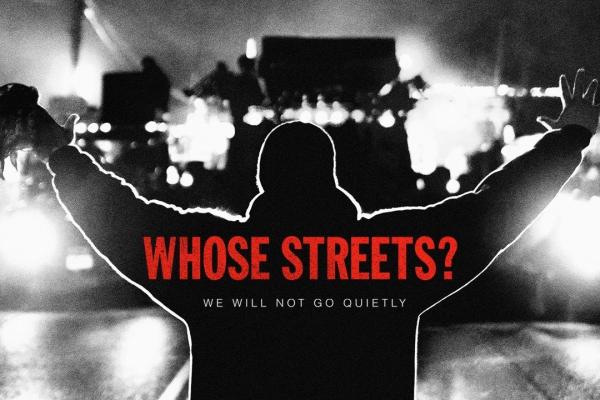Sep 18, 2017
As filmmaking, Whose Streets is dramatic and powerful. As a historical document, it holds even more weight.
Read the Full Article

Already a subscriber? Login

As filmmaking, Whose Streets is dramatic and powerful. As a historical document, it holds even more weight.
